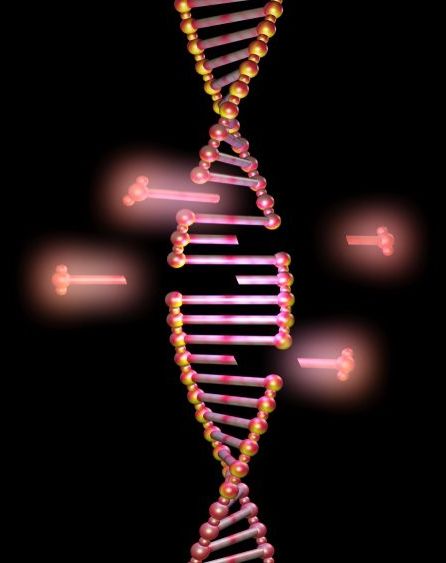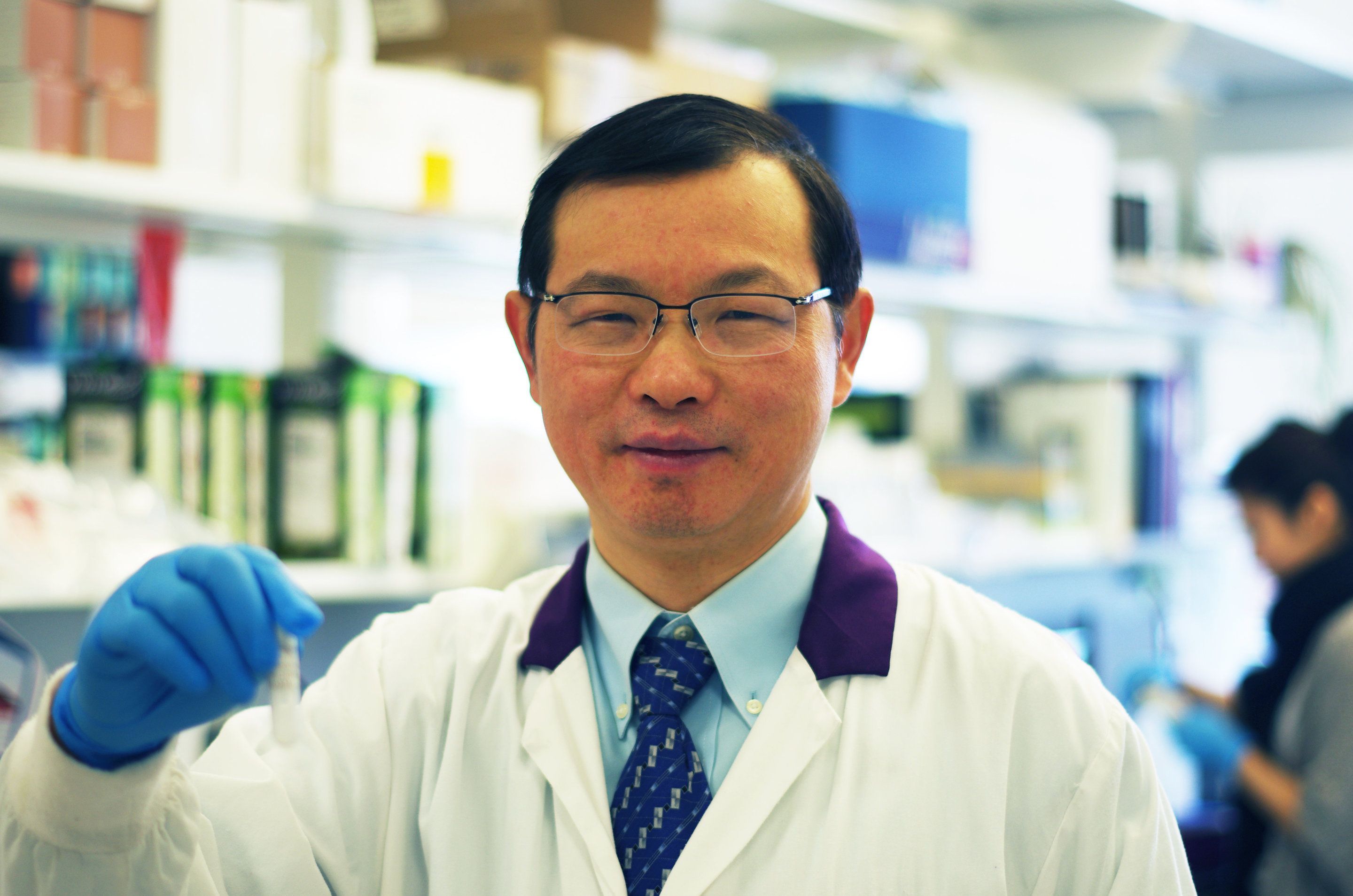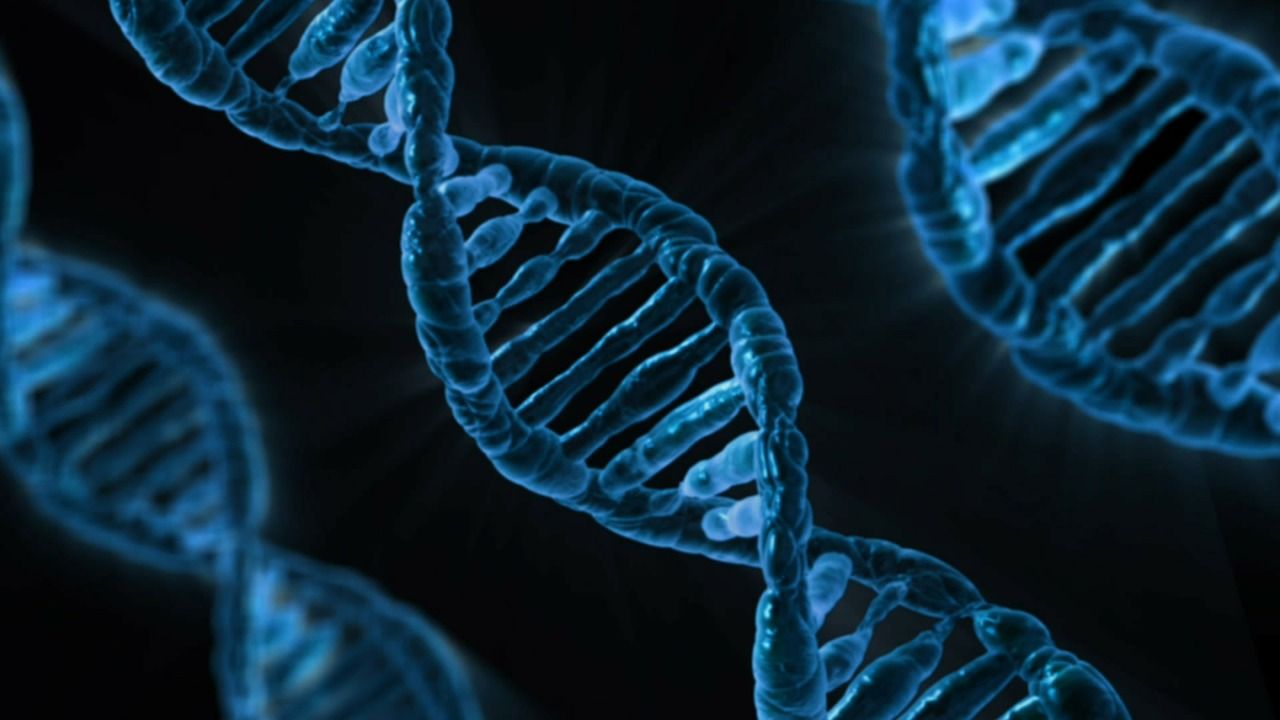Mumbai: A five-year-old child from Majalgaon village in Beed, who may soon undergo a genital reconstruction surgery, was admitted to St George Hospital on Thursday. Parents of Aiman Khan, who was raised as a girl, have now made her Aadhaar number with the new male identity as Aman.
Medical superintendent Dr. Madhukar Gaikwad said the child’s sonography was carried out on Thursday. “We will be doing all the required medical examinations and then schedule the surgery.” The child’s karyotype study, which determines chromosomes, shows the presence of male XY chromosomes.
Plastic surgeon Dr. Rajat Kapoor, who evaluated the minor, has found the presence of testes, a male reproductive organ, and absence of female internal organs. He said the genitalia looks like that of a female due to underdevelopment.









